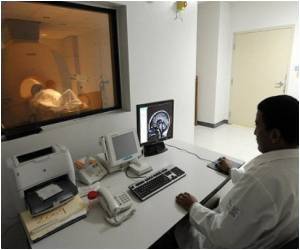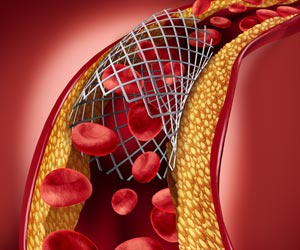A new synchrotron-based imaging technique that offers high-resolution pictures of the molecular composition of tissues with unprecedented speed and quality has been discovered by researchers

IRENI cuts the amount of time needed to image a sample from hours to minutes, while quadrupling the range of the sample size and producing high-resolution images of samples that do not have to be tagged or stained as they would for imaging with an optical microscope.
"Since IRENI reveals the molecular composition of a tissue sample, you can choose to look at the distribution of functional groups, such as proteins, carbohydrates and lipids. So you concurrently get detailed structure and chemistry," said Hirschmugl.
The technique could have broad applications not only in medicine, but also in pharmaceutical drug analysis, art conservation, forensics, biofuel production, and advanced materials, such as graphene, she said.
It opens the door for development of synchrotron-based imaging that can monitor cellular processes, from simple metabolism to stem cell specialization.
The report has been published online in Nature Methods.
Advertisement








